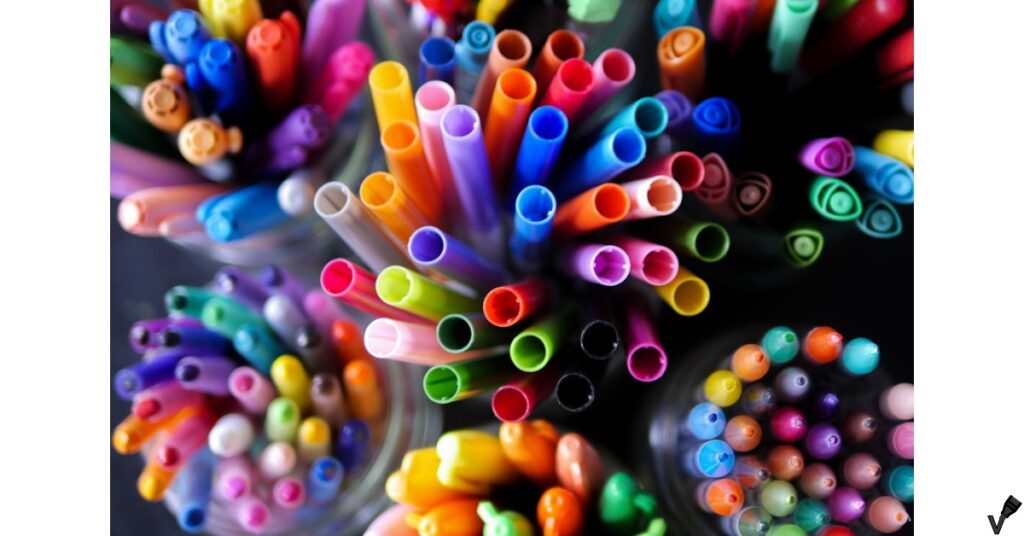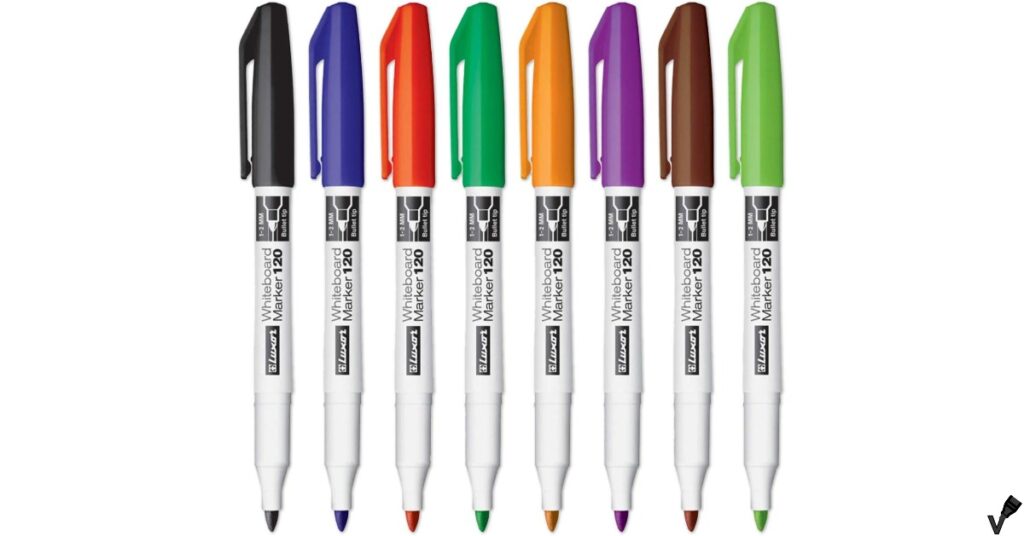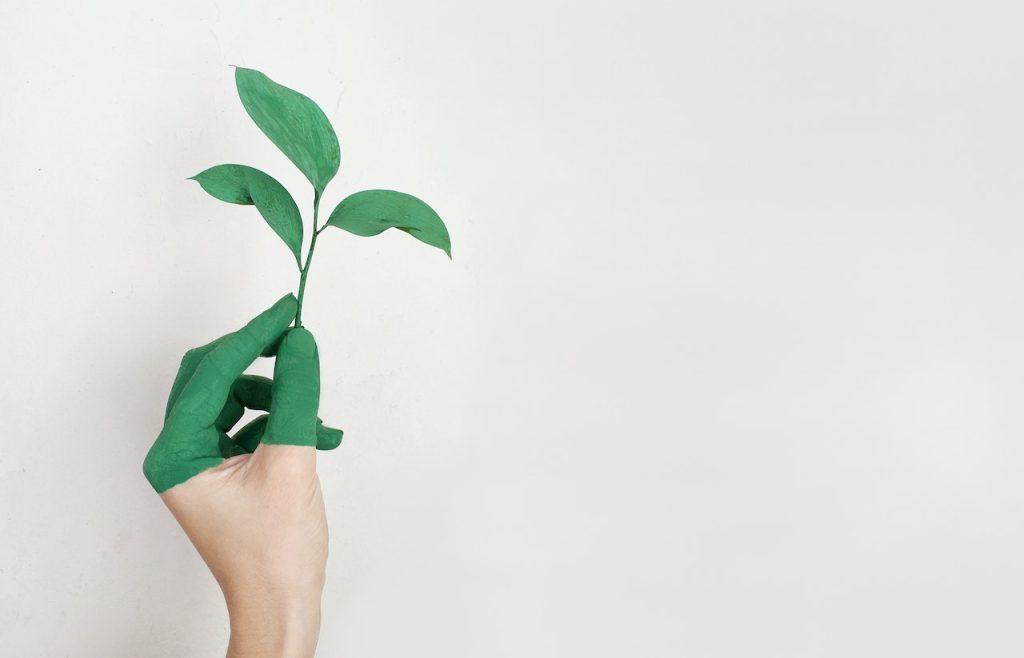Key Highlights
- Transitioning to eco-friendly markers is a crucial step towards sustainability in the stationery industry.
- Traditional markers contribute to consumer waste and landfill, while refillable markers offer a more sustainable alternative.
- Eco-friendly markers are made with non-toxic low-odor ink, making them safe for both users and the environment.
- Refillable markers not only reduce waste but also offer long-lasting and vibrant writing experiences.
- By choosing refillable markers, individuals can actively contribute to reducing their carbon footprint and promoting a greener future.
- Key Highlights
- Introduction
- Understanding the Impact of Traditional Markers on the Environment
- The Shift Towards Eco-Friendly Markers
- Exploring Refillable Marker Options
- How to Choose the Right Eco-Friendly Marker
- Implementing Refillable Markers in Various Settings
- The Future of Writing Instruments
- Conclusion
- Frequently Asked Questions (FAQs)
Introduction
In the modern world, practically every industry now places a high bet on sustainability. To reduce their environmental impact, industries are shifting to eco-friendly packaging and renewable energy sources. The stationery industry is particularly fascinating, as the introduction of eco friendly markers is having a discernible effect. Why are these markers becoming more and more common? Simply put, it is because they offer a refillable option, which reduces the amount of plastic waste that regular markers produce. This modification not only appeals to customers who care about the environment, but it also makes us consider the little adjustments we can do on a daily basis to protect the environment.
Understanding the Impact of Traditional Markers on the Environment
Consumer waste is a significant concern when it comes to traditional markers. These markers often end up in landfills, where they take years to decompose. The ink and pigment used in these markers can also leach into the soil and water, causing pollution. Additionally, the production and transportation of these markers contribute to carbon emissions and resource depletion.
The Composition of Conventional Markers
In my experience traditional markers serve a purpose, than being writing tools; they consist of a blend of ink or pigment mixed with water and various chemicals. These components are meticulously selected to create ink that’s both waterproof and long lasting ensuring that whatever you write remains visible, for a period. Additional additives are added to improve these markers’ efficiency. But have you ever stopped to consider what happens to these markers once we discard them? Although they function as intended, disposal issues may arise due to their chemical makeup. You can ask me why it matters? Well, it is imperative that we analyze these problems and search for solutions, given the future of our world.

Environmental Concerns Associated with Marker Disposal
- Traditional markers contribute to the problem of consumer waste, as they are often discarded after they run out of ink.
- These markers end up in landfills, where they can take hundreds of years to decompose fully.
- The ink and pigment used in these markers can contaminate soil and water, posing a risk to ecosystems and human health.
- The production and transportation of traditional markers also contribute to carbon emissions and the depletion of natural resources.
The Shift Towards Eco-Friendly Markers
In recent years, there has been a significant shift towards eco-friendly markers as more people become conscious of the need for sustainable products. These markers are designed with the environment in mind and aim to reduce waste and promote sustainability. The demand for eco-friendly markers is driven by a growing awareness of the impact of traditional markers on the environment. By choosing eco-friendly markers, individuals and businesses can make a positive contribution to sustainability efforts and help create a greener future.
What Makes a Marker Eco-Friendly?
Eco-friendly markers are characterized by specific features that make them sustainable and environmentally conscious. Some key aspects that make a marker eco-friendly include:
- Refillable whiteboard markers: These markers can be refilled with ink, reducing the need for constant replacement and minimizing waste.
- Chisel tip: The chisel tip design allows for versatile writing and drawing, providing a smooth and consistent flow of ink.
- Sustainable materials: Eco-friendly markers are often made with recycled or renewable materials, reducing the environmental impact.
- Non-toxic ink: The ink used in eco-friendly markers is typically non-toxic, making them safer for both users and the environment.
By incorporating these features, eco-friendly markers provide a sustainable alternative to traditional markers without compromising on quality or performance.
Benefits of Using Sustainable Writing Instruments
Using sustainable writing instruments, such as eco-friendly markers, offers several benefits for individuals, businesses, and the environment. Some key benefits include:
- Cost savings: Refillable markers eliminate the need for frequent repurchases, resulting in long-term cost savings.
- Environmental impact reduction: By reducing waste and landfill usage, sustainable markers help minimize the environmental impact of conventional markers.
- Convenience: Refillable markers offer the convenience of easily replenishing ink without having to buy new markers.
- Quality performance: Eco-friendly markers provide the same quality performance as traditional markers, ensuring clear and vibrant markings.
By choosing sustainable writing instruments, individuals and businesses can contribute to a greener future while enjoying the benefits of cost savings and convenience.
Exploring Refillable Marker Options
Refillable markers are available in various types and brands, offering a wide range of options for different needs. Two popular types of refillable markers are:
- Refillable whiteboard markers: Designed for use on whiteboards, these markers can be refilled with ink, providing a cost-effective and sustainable option for writing and drawing.
- Whiteboard markers with chisel tips: These markers feature a chisel tip design, allowing for versatile writing and drawing on whiteboard surfaces.
By exploring the options of refillable whiteboard markers and markers with chisel tips, individuals can find the perfect refillable marker that meets their specific requirements.
Types of Refillable Markers Available
Refillable markers come in various types to cater to different writing and highlighting needs. Some common types of refillable markers include:
- Highlighters: Refillable highlighters are perfect for emphasizing important information in textbooks, notes, and documents.
- Nibs: Refillable markers with different nib sizes offer versatility in writing and drawing styles. Fine nibs are great for precision, while broader nibs work well for bold lines and filling in larger areas.
With a variety of refillable marker types available, individuals can choose the one that best suits their specific needs and preferences.
How Refillable Markers Promote Sustainability
Refillable markers promote sustainability in several ways, making them an eco-friendly choice for individuals and businesses. Here are some ways in which refillable markers contribute to sustainability:
- Reduced waste: Refillable markers minimize the amount of plastic waste generated from constant disposal of traditional markers.
- Minimal packaging: Refillable markers often come in minimal packaging, reducing the use of cardboard and other materials.
- Lower carbon footprint: By eliminating the need for constant shipping and transportation of new markers, refillable markers help reduce the carbon emissions associated with transportation.
| Feature | Benefit |
| Reduced Waste | Minimizes plastic waste from constant disposal |
| Minimal Packaging | Reduces the use of cardboard and other packaging materials |
| Lower Carbon Footprint | Decreases carbon emissions associated with transportation |
By choosing refillable markers, individuals and businesses can make a positive impact on the environment by reducing waste and minimizing their carbon footprint.
How to Choose the Right Eco-Friendly Marker
Choosing the right eco-friendly marker involves considering various factors to ensure it meets your specific requirements. Here are some key factors to consider when selecting an eco-friendly marker:
- Warranty: Look for markers with a warranty to ensure product quality and peace of mind.
- Pigment quality: Check the pigment quality to ensure vibrant and long-lasting colors.
By considering factors such as warranty and pigment quality, individuals can choose an eco-friendly marker that meets their needs while promoting sustainability.
Factors to Consider When Selecting Sustainable Markers
When selecting sustainable markers, it’s important to consider certain factors to ensure the best choice. Here are some factors to consider:
- Ink quality: Look for markers with high-quality ink that provides smooth and consistent writing or drawing.
- Refill availability: Check if the markers have readily available refill options to ensure you can easily replenish the ink.
- Warranty: Look for markers that come with a warranty to ensure product reliability and customer satisfaction.
Considering these factors will help individuals make an informed decision when selecting sustainable markers that meet their specific needs.
Recommended Brands and Products
There are several brands and products available in the market that offer eco-friendly markers. Some recommended brands and products include:
- Luxor: Luxor offers a range of eco-friendly markers, including refillable options, that are available on popular online platforms like Amazon.
- AusPen: AusPen is known for its refillable whiteboard markers that are designed for longevity and reduced environmental impact.
- GreenLine: GreenLine markers are made from recycled materials and offer refillable options, promoting sustainability.
- There are also various mobile apps available that allow users to digitally create and write with eco-friendly marker-like tools.
By exploring these recommended brands and products, individuals can find the perfect eco-friendly marker that suits their needs and preferences.

Implementing Refillable Markers in Various Settings
Refillable markers can be implemented in various settings to promote sustainability and reduce waste. Two common settings where refillable markers can be used are:
- In Schools and Educational Institutions: Refillable markers can be used as part of school supplies for teachers and students, reducing the amount of plastic waste generated from traditional markers.
- For Personal Use and Home Offices: Refillable markers are also suitable for home office use, providing a sustainable alternative to disposable markers.
By incorporating refillable markers in these settings, individuals can contribute to a greener environment and promote sustainability.
In Schools and Educational Institutions
Schools and educational institutions can benefit greatly from implementing refillable markers as part of their school supplies. By using refillable markers, schools can:
- Reduce waste: Refillable markers eliminate the need for constant replacement, reducing the amount of plastic waste generated.
- Save money: Refillable markers offer cost savings in the long run as they can be refilled instead of repurchased.
- Promote sustainability: By choosing refillable markers, schools can teach students about the importance of sustainability and responsible consumption.
- Provide a reliable writing tool: Refillable markers provide a reliable and consistent writing experience, ensuring clear and legible markings on whiteboards and other surfaces.
By incorporating refillable markers into the school supplies, educational institutions can make a positive impact on the environment and teach students the value of sustainability.
For Personal Use and Home Offices
Refillable markers are also suitable for personal use and home offices, providing a sustainable alternative to disposable markers. By using refillable markers in home offices, individuals can:
- Reduce waste: Refillable markers eliminate the need for constant repurchasing, reducing the amount of plastic waste generated.
- Save money: Refillable markers offer long-term cost savings as they can be refilled instead of replaced.
- Promote sustainability: By choosing refillable markers, individuals can contribute to a greener environment and reduce their carbon footprint.
- Enjoy reliable writing tools: Refillable markers provide a consistent and reliable writing experience, ensuring clear and vibrant markings.
By incorporating refillable markers into personal use and home offices, individuals can make a positive impact on the environment while enjoying the benefits of sustainable writing instruments.
The Future of Writing Instruments
The future of writing instruments is moving towards more sustainable and eco-friendly options. As environmental concerns continue to grow, innovations in marker design are being developed to promote sustainability. These innovations include:
- Eco-friendly materials: Marker manufacturers are exploring alternative materials that are more sustainable and environmentally friendly.
- Improved refill systems: Refill systems are being improved to provide easier and more efficient ways to replenish ink, reducing waste.
- Digital alternatives: Digital writing tools and apps are becoming more popular, offering a paperless and eco-friendly alternative to traditional markers.
By embracing these innovations, the future of writing instruments will focus on minimizing waste and promoting sustainability.
Innovations in Eco-Friendly Marker Design
Innovations in eco-friendly marker design are continuously being developed to promote sustainability. Some notable innovations include:
- Sustainable materials: Marker manufacturers are exploring the use of recycled and renewable materials in marker production, reducing the environmental impact.
- Chisel tip advancements: Advancements in chisel tip technology provide improved precision and versatility in writing and drawing.
- Ergonomic designs: Marker designs are being developed to provide comfort and ease of use, enhancing the overall user experience.
- Improved ink formulas: Innovations in ink formulas result in vibrant and long-lasting colors, ensuring high-quality markings.
By incorporating these innovations, eco-friendly markers offer improved performance while minimizing environmental impact.
The Role of Consumers in Promoting Sustainability
Consumers play a vital role in promoting sustainability by making conscious choices in their purchasing decisions. When it comes to markers, consumers can contribute to sustainability by:
- Choosing eco-friendly options: By selecting refillable markers made from sustainable materials, consumers can reduce the amount of plastic waste generated.
- Supporting sustainable brands: Consumers can support brands that prioritize sustainability and environmental consciousness in their marker production.
- Educating others: Consumers can raise awareness about the importance of sustainable markers and encourage others to make eco-friendly choices.
- Proper disposal: Consumers should dispose of used markers responsibly, following recycling guidelines or finding appropriate recycling facilities.
By actively participating in sustainable practices, consumers can make a significant impact on reducing waste and promoting sustainability in the marker industry.
Conclusion
In a world where sustainability is crucial, going for eco-friendly markers is the right step towards a greener future. I think we all agree that the composition and disposal of traditional markers raise environmental concerns, making refillable options more attractive. Refillable markers not only promote sustainability but also offer benefits like reduced waste and cost-effectiveness. I believe that by choosing the right eco-friendly marker, and implementing it in various settings, such as schools and home offices, we all can contribute to a positive impact on the environment. It’s clear that with innovations in design and consumer support, refillable markers pave the way for a more sustainable approach to writing instruments.
Frequently Asked Questions (FAQs)
-
How long do refillable markers last compared to traditional markers?
Refillable markers can last longer than traditional markers when properly maintained and refilled. The lifespan of refillable markers varies based on usage and frequency of refills. With regular refilling and proper care, refillable markers can provide long-lasting use, reducing the need for frequent repurchases. -
What are the benefits of using eco-friendly markers?
Eco-friendly markers often use non-toxic, biodegradable materials or are refillable to reduce waste. They minimize environmental impact and provide safer alternatives for users, especially children, by reducing exposure to harmful chemicals. -
Are eco-friendly markers as durable as conventional markers?
While the materials used in eco-friendly markers may differ, they can be just as durable as conventional markers. Advances in sustainable materials technology have improved their performance, ensuring longevity and effectiveness in various applications. -
Can eco-friendly markers be used for professional art?
Yes, many eco-friendly markers are suitable for professional art. They offer a range of vibrant colors and various tip sizes that are comparable to traditional markers, making them a viable option for artists who prioritize sustainability. -
How can consumers dispose of eco-friendly markers responsibly?
To dispose of eco-friendly markers responsibly, consumers should look for recycling programs that accept these products. Some brands also offer take-back programs where used markers can be sent back to the manufacturer for recycling or proper disposal.

